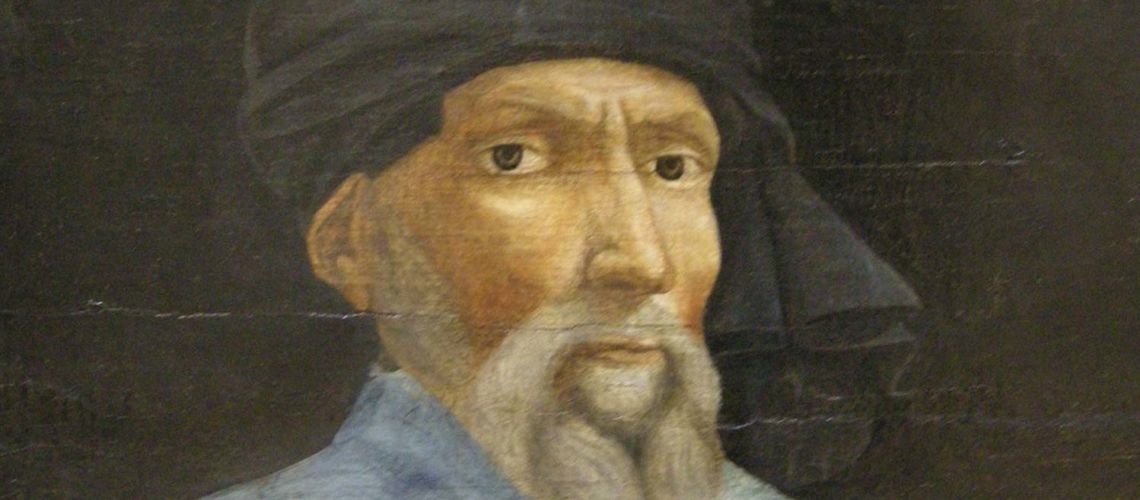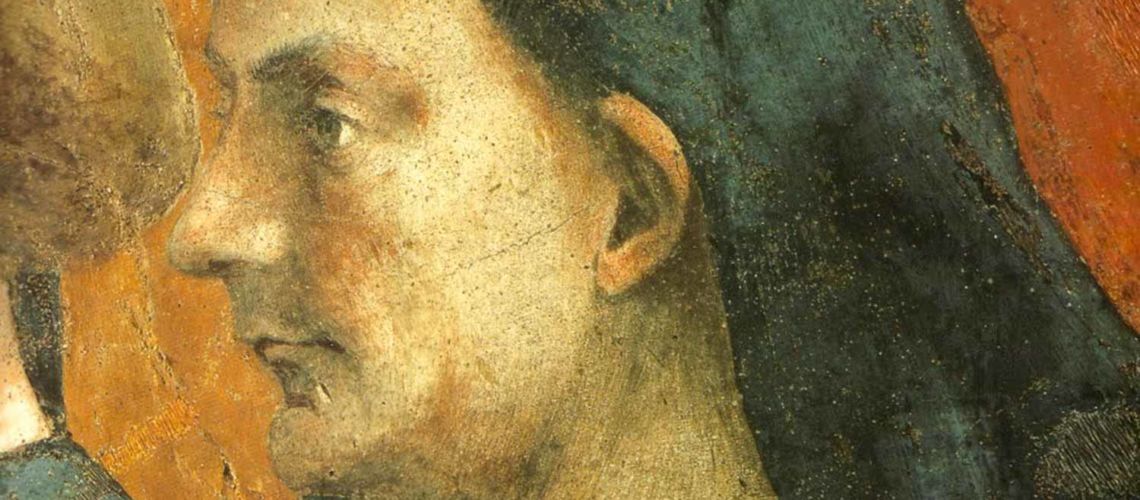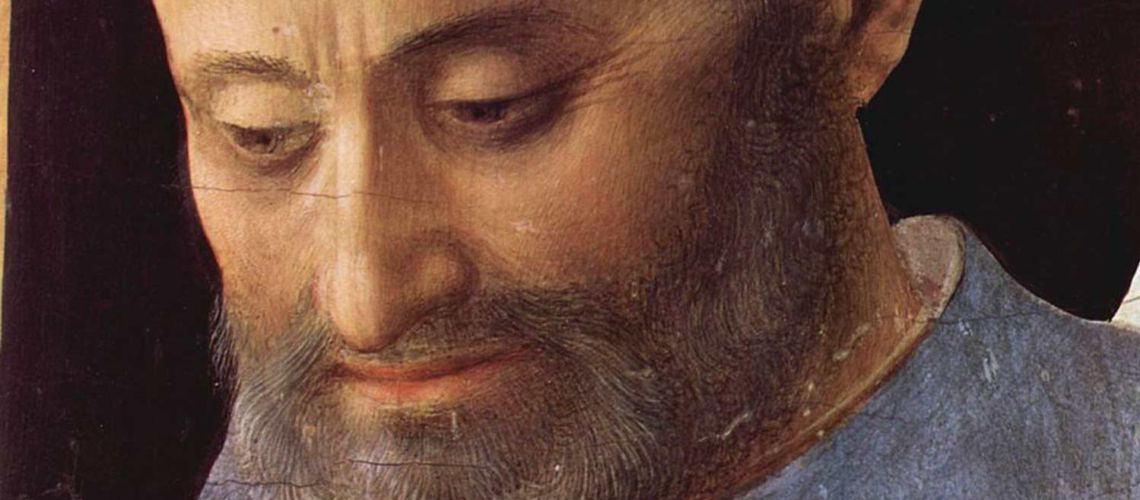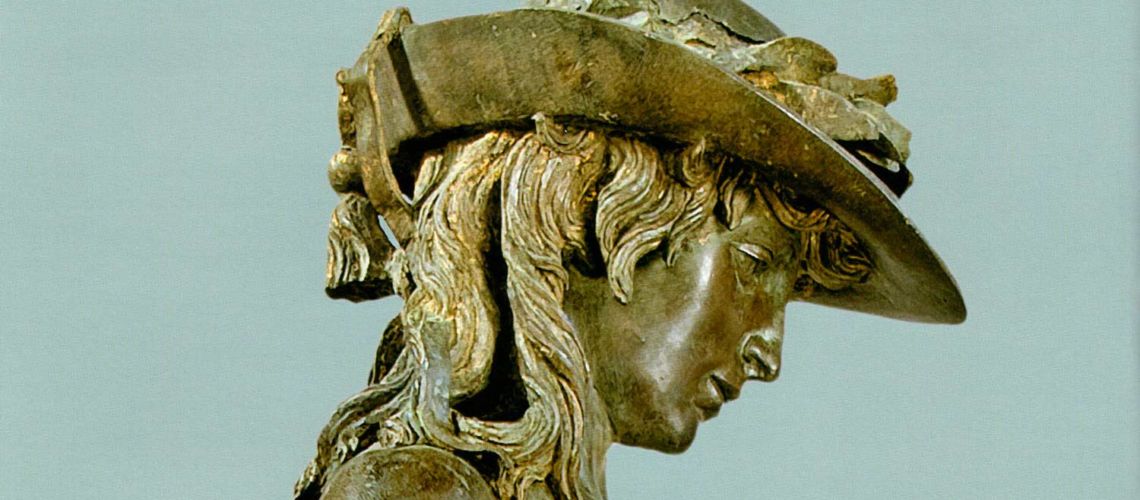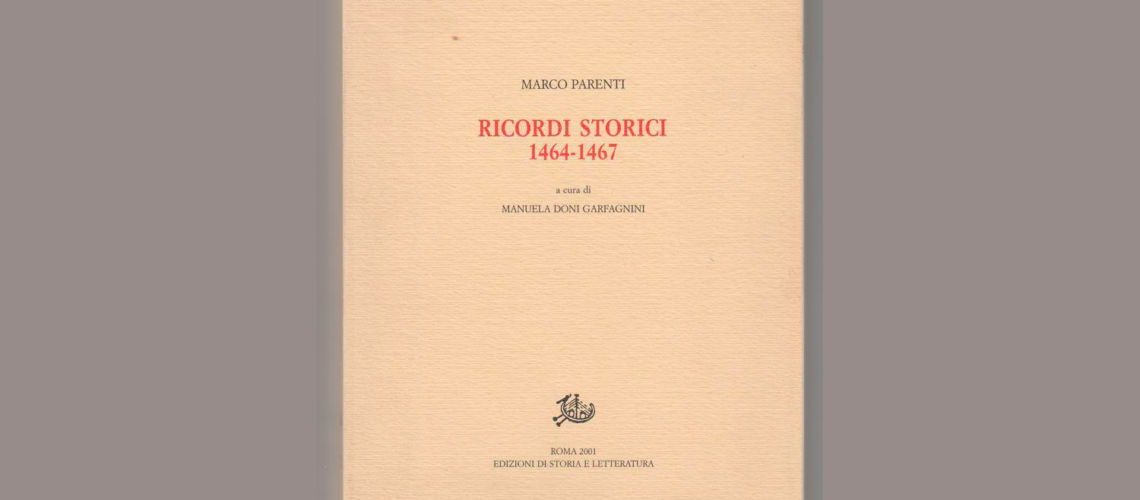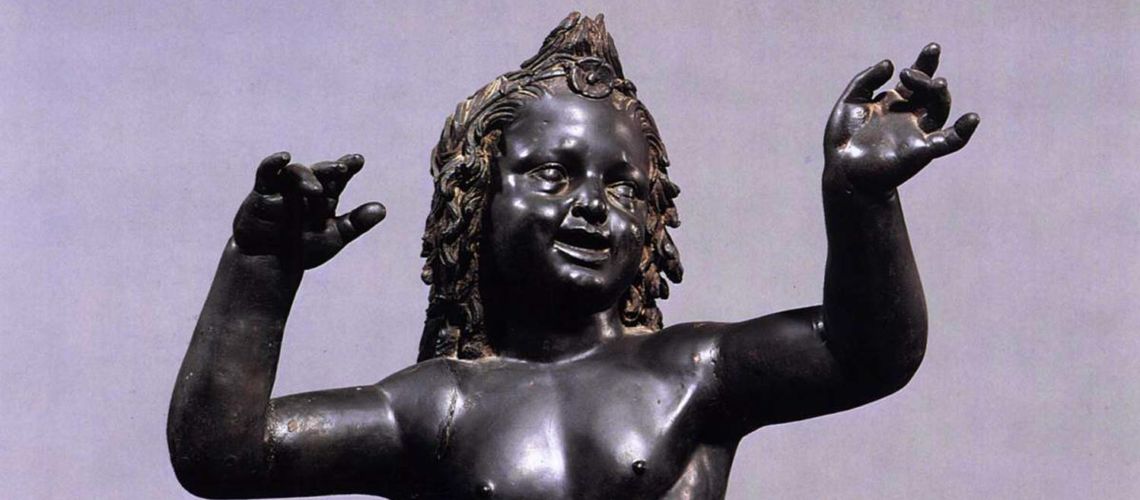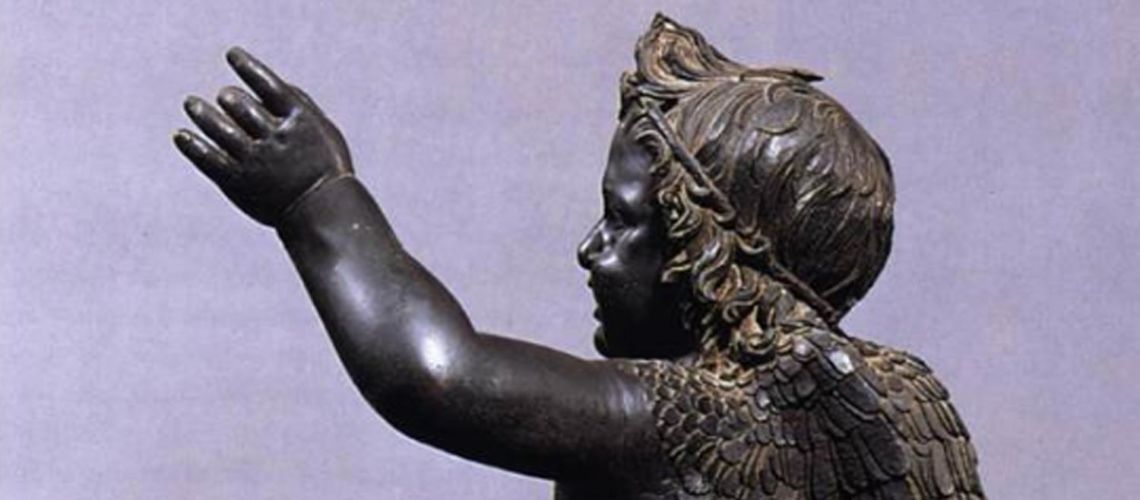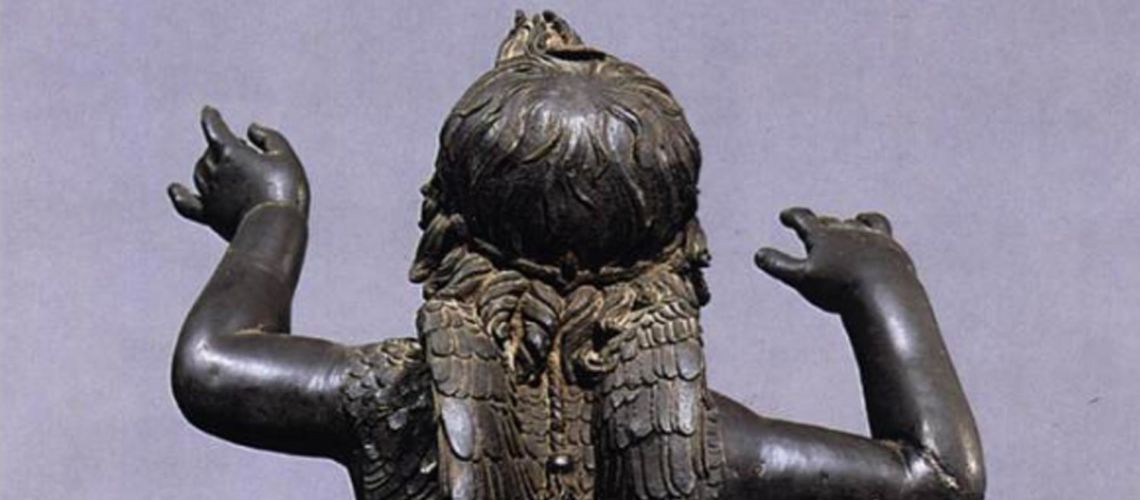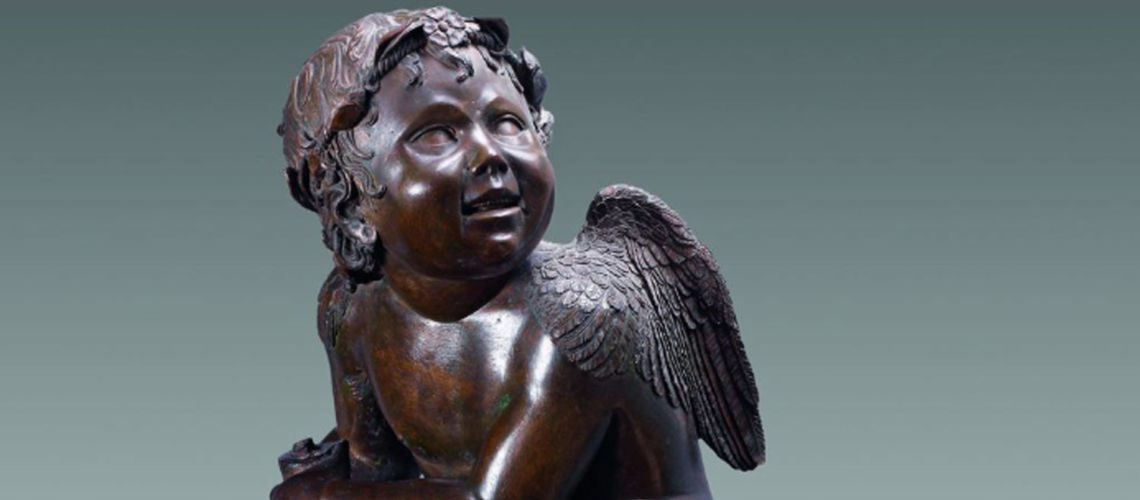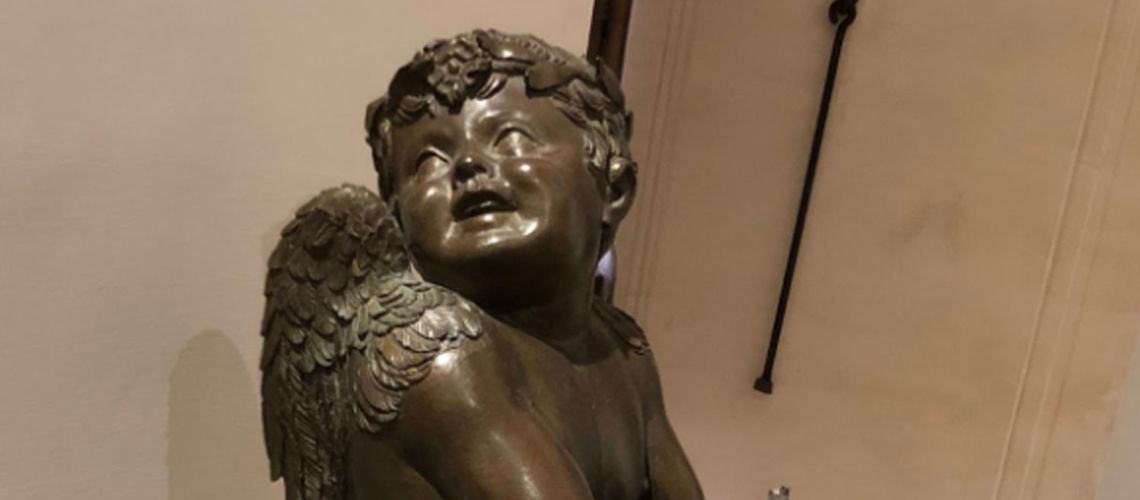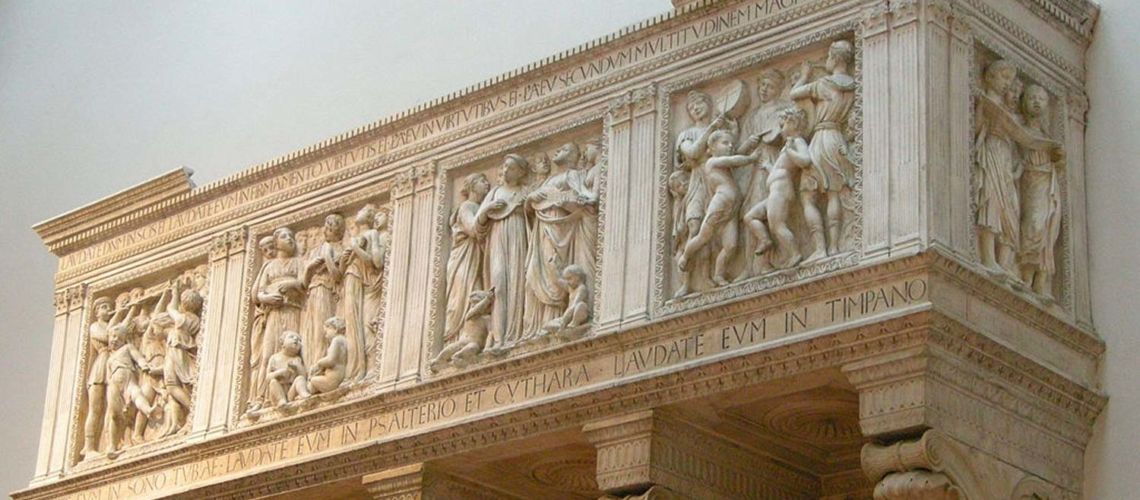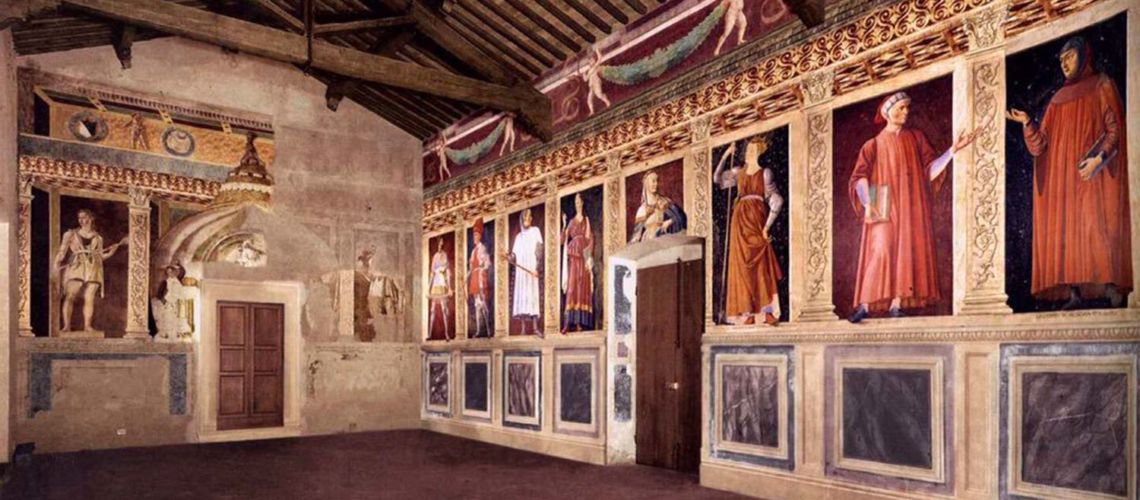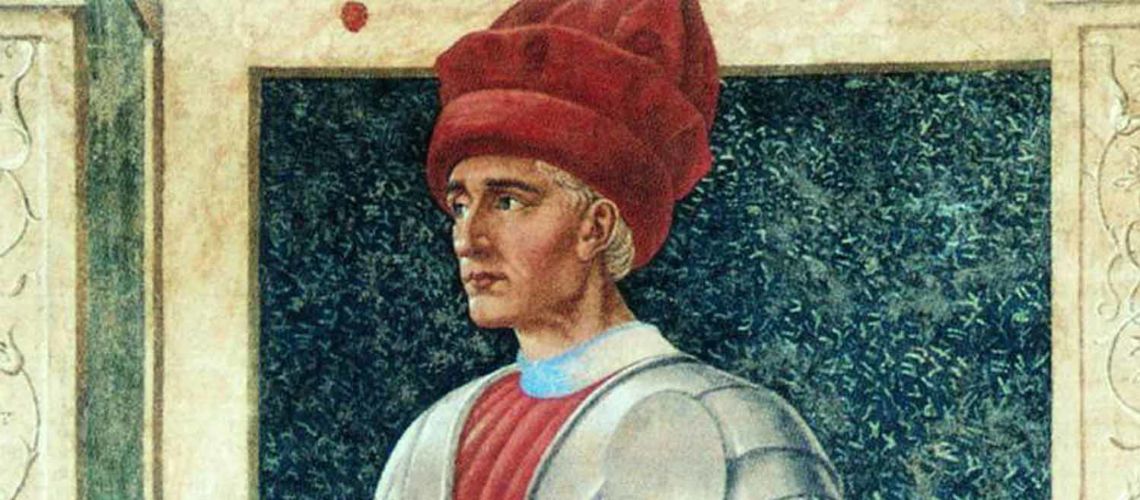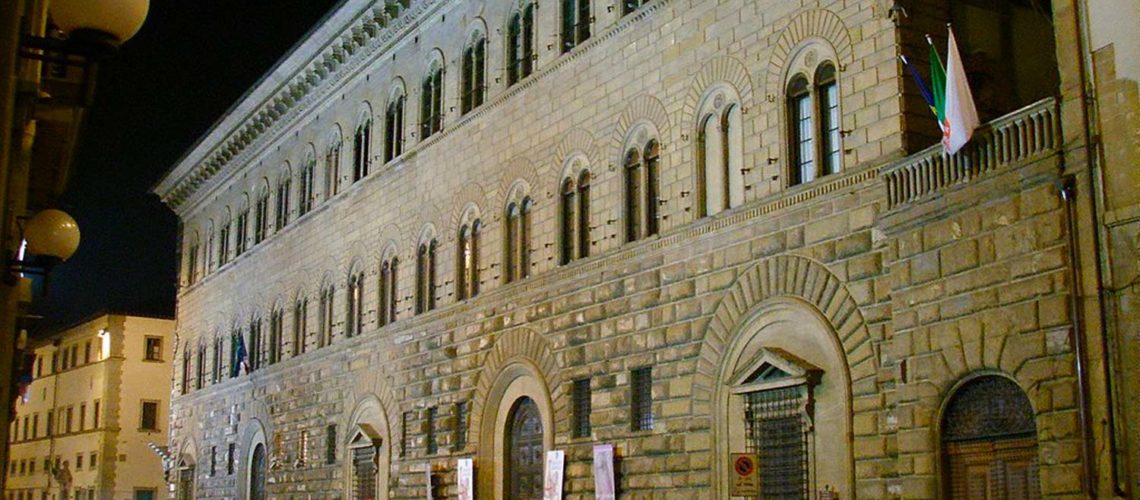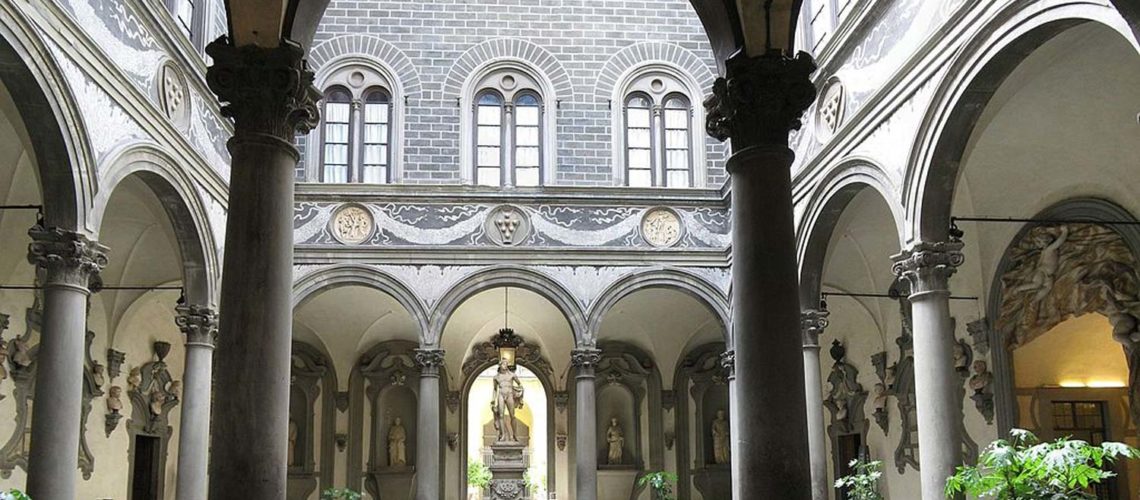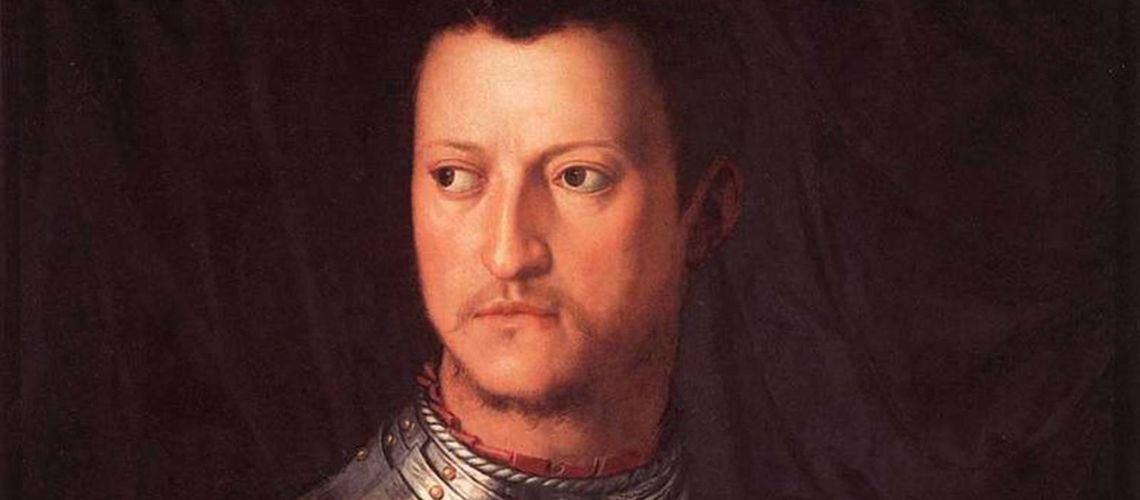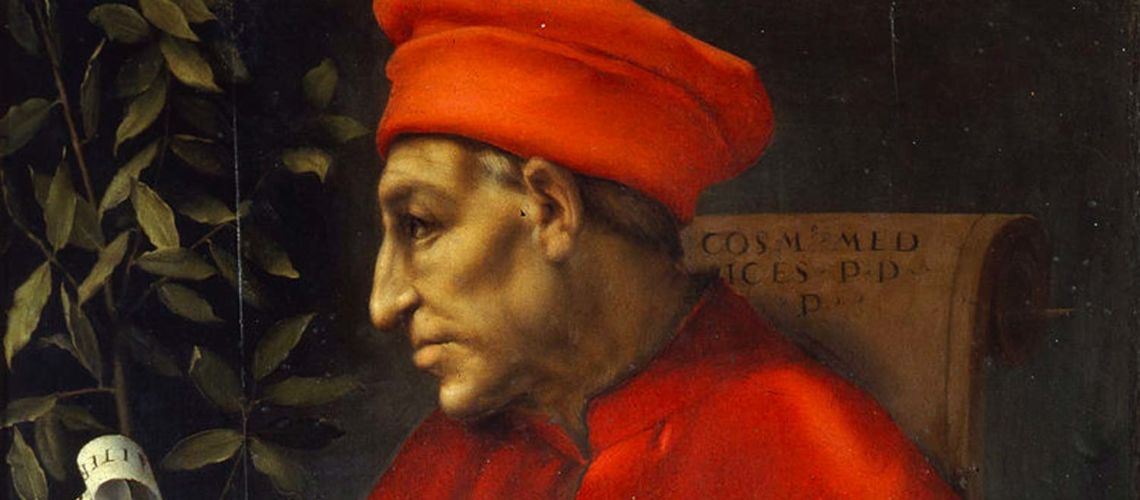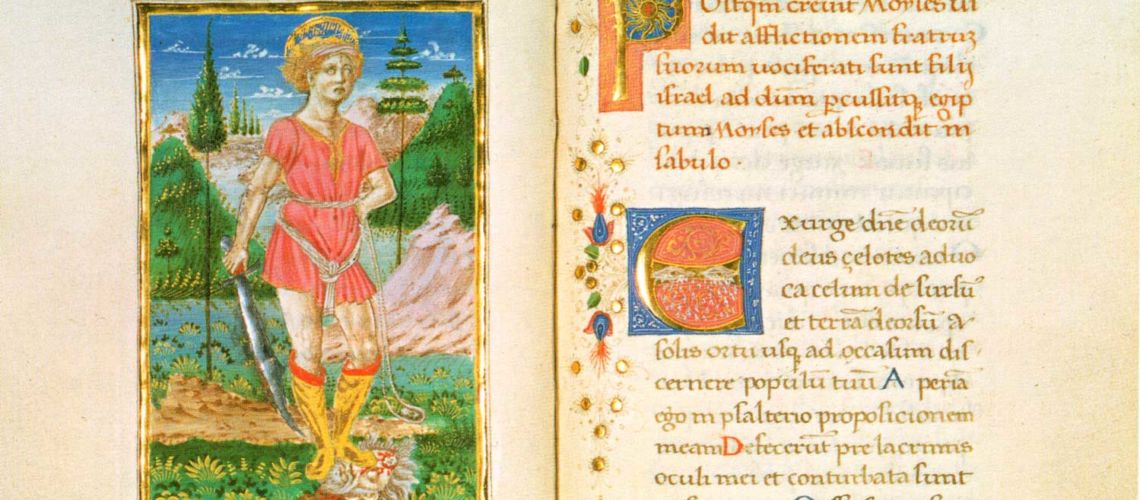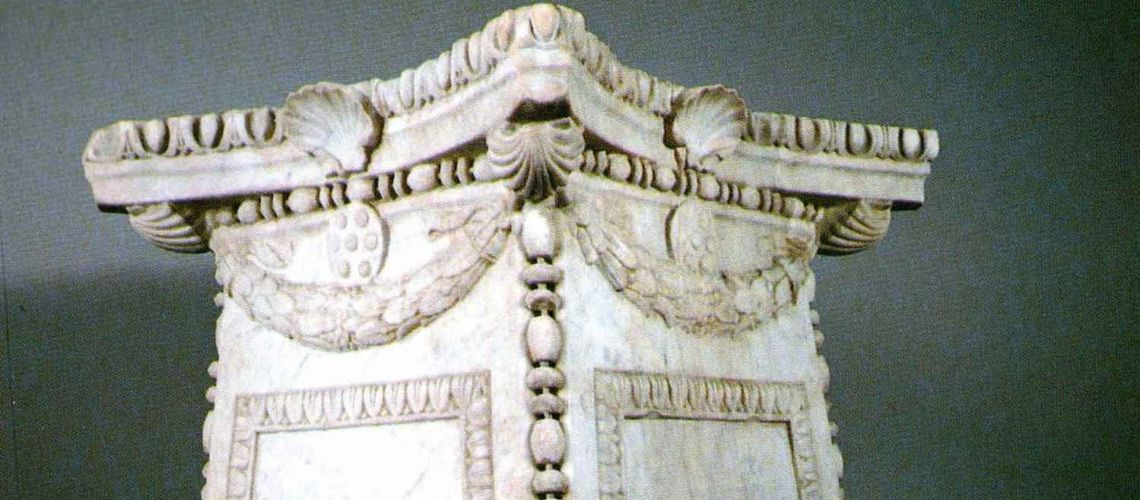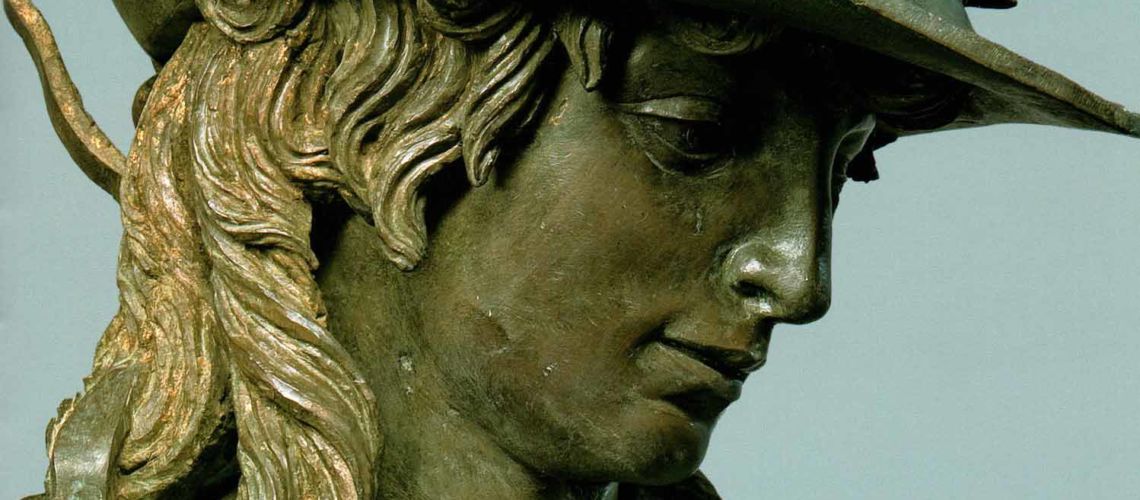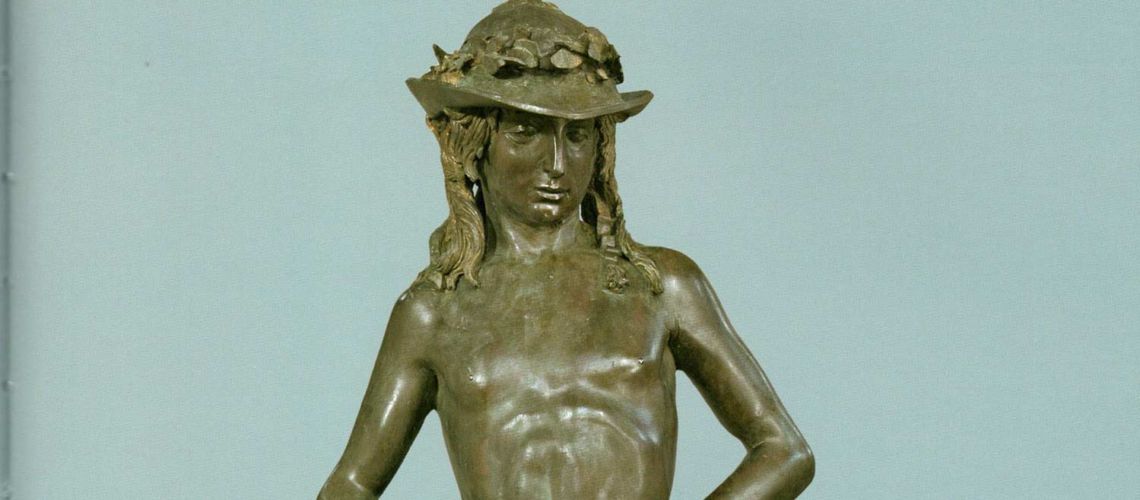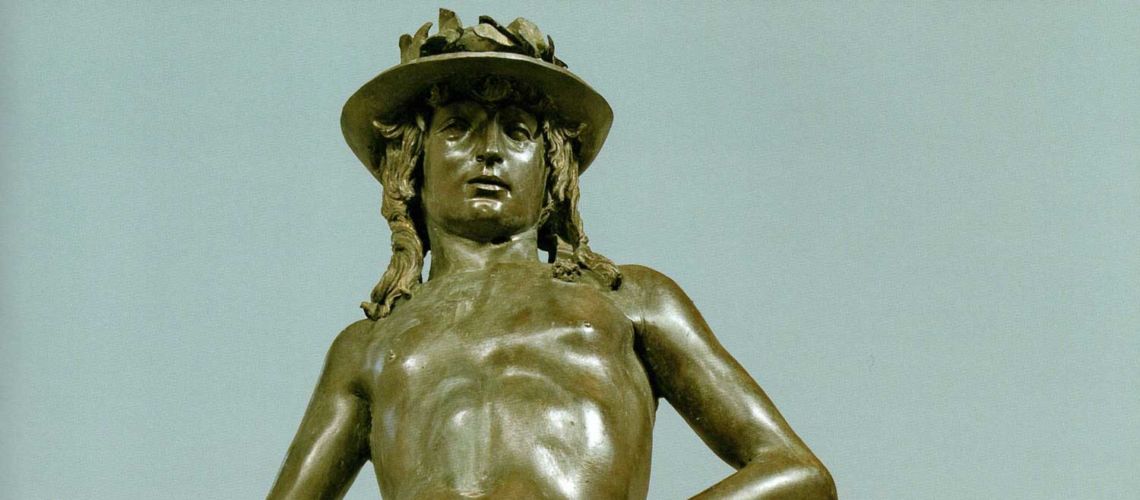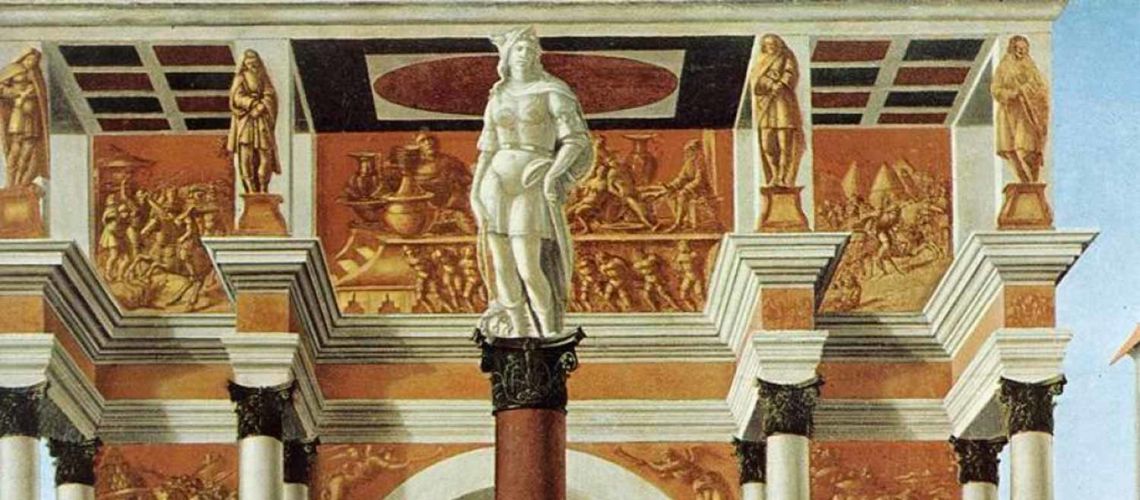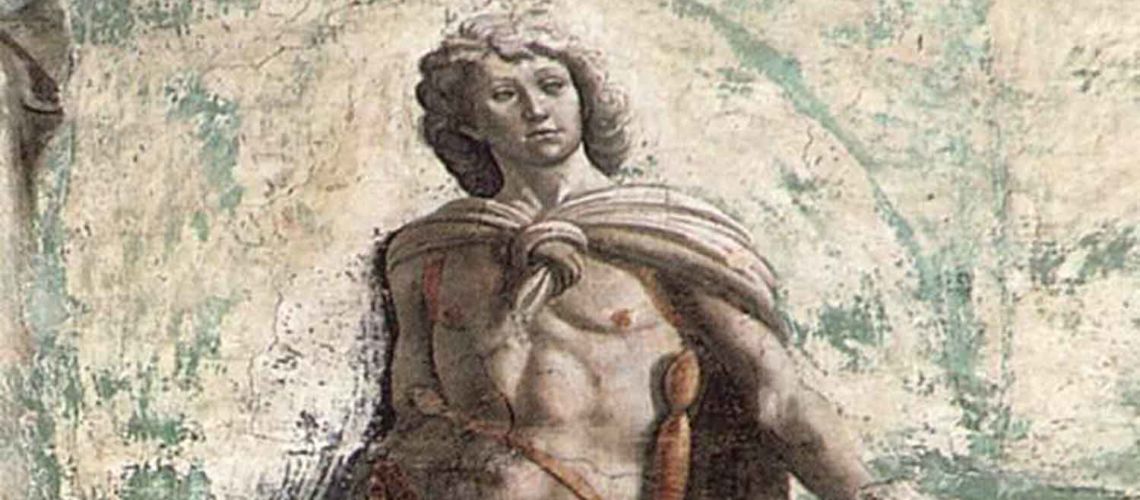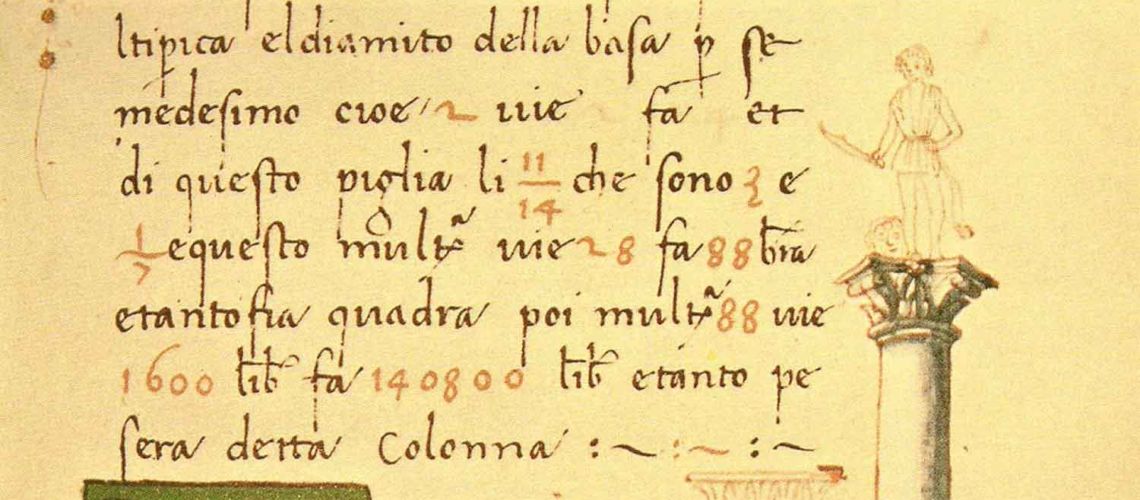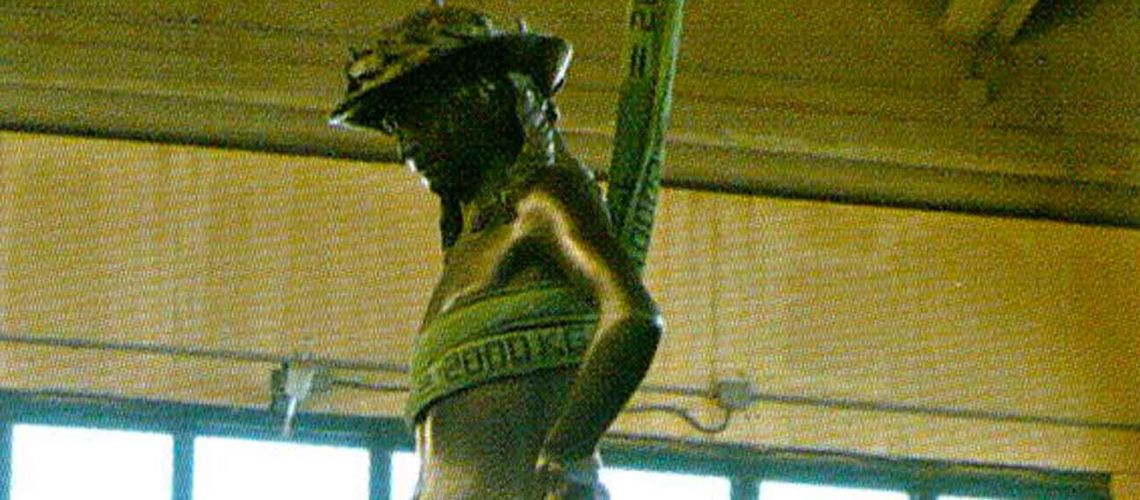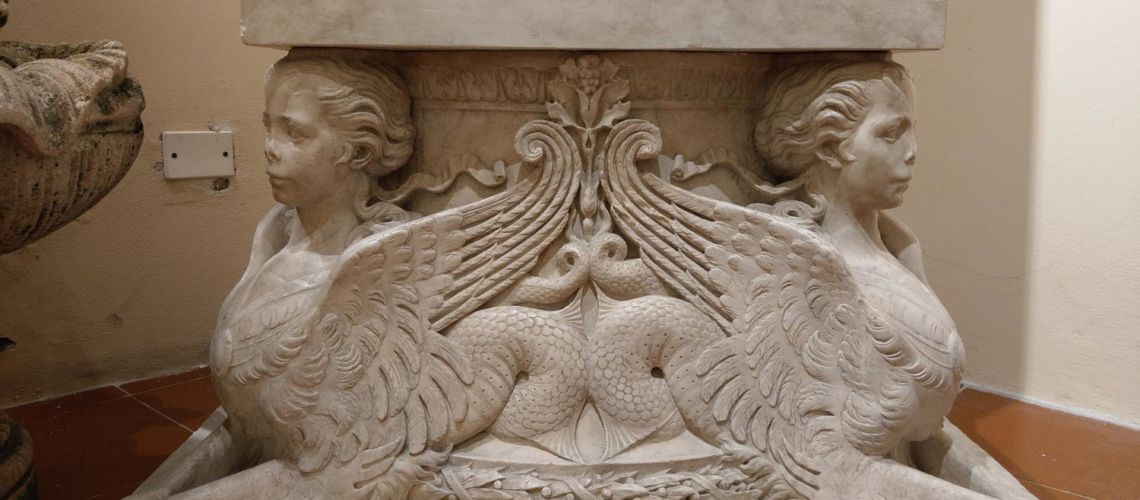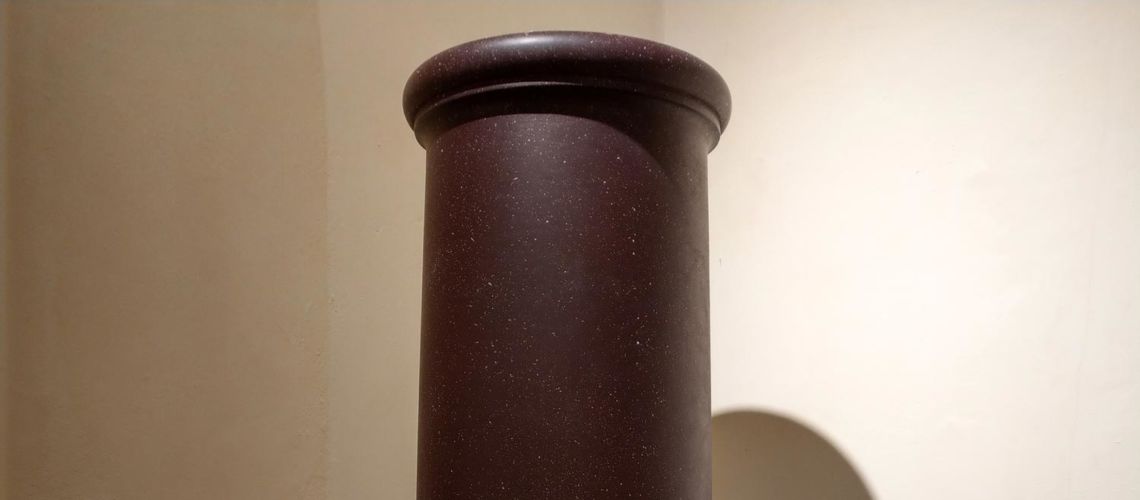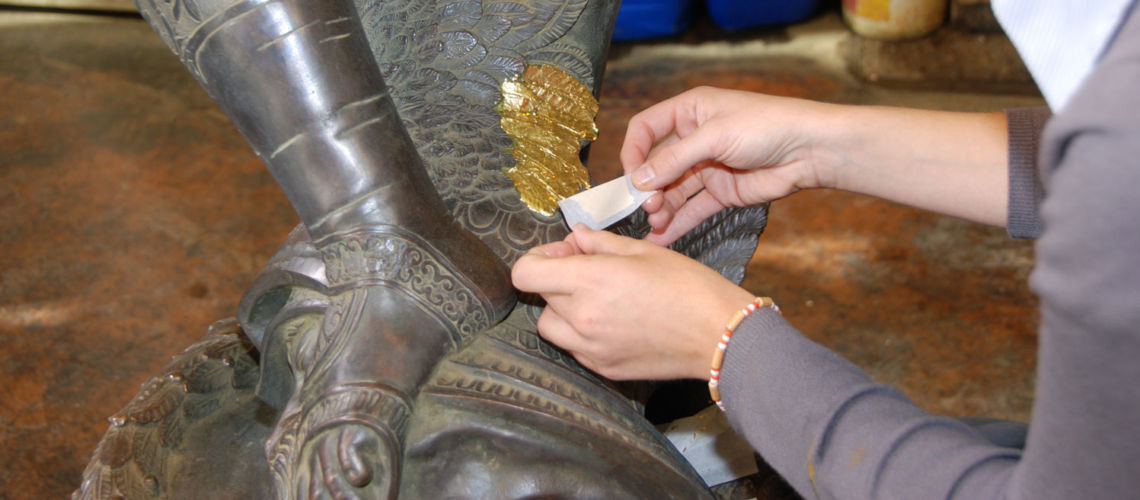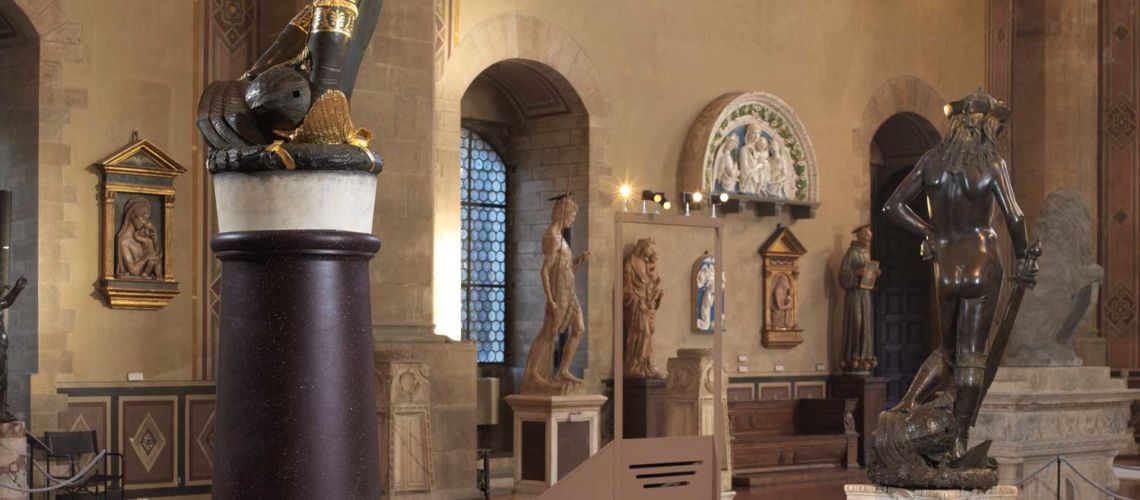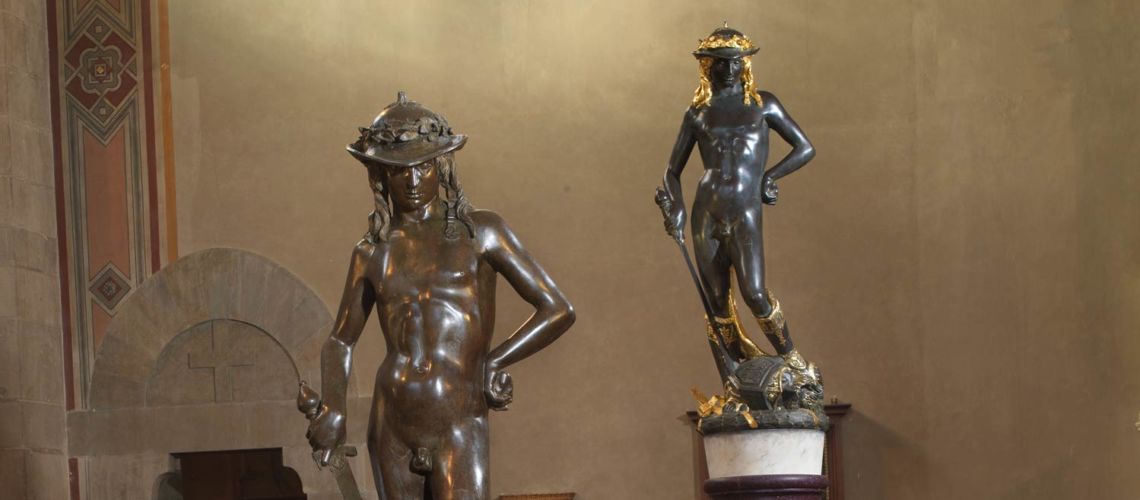The beginning of Renaissance sculpture: Donatello's David
The fifteenth century, the beginning of the Renaissance, is a founding moment of Western culture, whose principles, philosophy and art are marked up to the present day.
In this century a group of brilliant characters are born in Florence in all human knowledge: science, astronomy, philosophy, literature, humanism, esotericism, everything finds a new breath thanks to them. Even today no one has been able to explain why so many geniuses were born in this historical period and all in one region, Tuscany.
One of these characters is Donato Niccolò di Betto Bardi, known as Donatello, Florentine and sculptor
Portrait of Donatello from the 16th century (anonymous) – Louvre Museum
He is a friend of Brunelleschi,
Portrait of Brunelleschi, by Masaccio, S. Pietro in Cattedra, Cappella Brancacci, Florence
another great innovator in the various fields of art, and he goes to Rome with him to study ancient monuments: the two wandered around the city digging the ancient ruins, measuring and drawing the remains of classical buildings and the Roman people thought that they were two treasure seekers. The treasure for them were those remains.
After the first few works still in late Gothic style, Donatello broke away completely from the medieval taste, returning to sculpture in a classical Roman style, but more elegant and sensual, helping to create the “Renaissance style” in sculpture.
He also attended Michelozzo, skilled in lost wax bronze casting, from whom he learned this technique.
Fra Angelico, Deposition from the Cross, San Marco Museum, Florence
One of his most important masterpieces is the bronze David,
Bargello Museum, Florence
of surprising originality and innovative strength. The iconography given by Donatello to this masterpiece is undoubtedly different from the traditional one referring to the Bible: in addition to nudity, David wears an elegant hat that brings him closer to Mercury and beautiful chiseled shoes, attributes that were embellished by gilding, gone lost. Nudity, pose and accessories make this masterpiece very sensual, and this is a new vision of sculpture born in Florence during the Renaissance.
We do not have much information about this bronze; one comes from a letter that the Renaissance chronicler Marco Parenti wrote from Florence to Filippo Strozzi the Elder, who was in Naples.
Marco Parenti was a wealthy business owner in the silk sector, born in Florence in 1421; he had the intelligence to marry Caterina, daughter of the very wealthy banker Simone Strozzi, and he retired from business. He participated in Florentine cultural life by attending humanistic circles with Leon Battista Alberti. He wrote the “Historical Memories” related to the political affairs of Florence.
And a long series of letters, almost all sent to Filippo Strozzi.
In one of these, he reports that on the occasion of the wedding of Lorenzo the Magnificent with Clarice Orsini, the column supporting Donatello’s David was placed in the courtyard of the Palazzo Medici in Via Larga (now Via Cavour). The date of the marriage is 1469. This is the first “post quem” date we have concerning the David.
The dating of the work is obtained considering that Donatello in the early 1400s went again to Rome to study classical ancient sculpture, and that from 1443 to 1445 he was working in Northern Italy. So the period in which Donatello performed David shrinks from 1433 to 1454. In this range of years Donatello executed three other sculptures very close stylistically to the David: the Attis (Bargello Museum)
and the two “goblins”, now at the Musee Jacquemart Andree in Paris,
performed for the cornice of the Cantoria by Luca della Robbia for the Duomo of Florence, completed in 1438 (Museo dell’Opera del Duomo).
At Villa Carducci di Legnaia (Florence), in the cycle of illustrious women and men,
between 1448 and 1450, Andrea del Castagno painted the fresco portrait of Farinata degli Uberti (now in the Uffizi), which has the same pose as the legs and arms of David, evidently copied from it. So the scissor narrows again, becoming from 1433 to 1448.
The most accepted hypothesis is that Donatello executed the model and the fusion around 1440.
We have seen that the David was placed on a column in the center of the courtyard of Palazzo Medici Riccardi;
we know that the inscription that Cosimo the Elder asked to Gentile de ’Becchi, the first pedagogue of Lorenzo and Giuliano, sons of Piero il Gottoso, to write on the column in Latin: Victor est quisquis patriam tuetur / Frangit immanis Deus hostis iras / En puer grandem domuit Tirannum / Vincite cives!
This epigraph shows us that the Medici wanted to give the David, (the young shepherd who kills the powerful and overbearing enemy Goliath) exposed in their house an important moral and political message with a clear anti-tyrannical meaning; the message was that the presence of the Medici in Florentine politics guaranteed the repression of any attack on democracy, wherever it came from. And this was the policy of the Medici: to command the city but indirectly, through other people loyal to them, making the city believe in maintaining a democratic regime (not long after, instead, Cosimo I of the other branch of the Medici family will become dictator, with the title of Duke, then of Grand Duke).
Portrait of Bronzino, Uffizi
It is very probable that the work was committed to Donatello by Cosimo the Elder himself,
Portrait of Bronzino, Uffizi
that he would have first exhibited in his Casa Vecchia, and later in the Medici palace designed for him by Michelozzo.
Giovanni da Castro was a businessman connected both to the Medici family and to the Curia of Rome. He discovered the Tolfa alum quarries that made it unnecessary to buy the alum from the Turks, infidels and mainly skilled traders. And in fact, in the wake of the biblical David that kills Goliath, he made write the Psalmum in Christianorum hostem Turchum on a code that he donated, before 1469 to Cosimo the Elder, where the Turks are considered as invading heretics and enemies of Christianity, conquerors in 1453 of Constantinople. In the miniature of this code the Donatello’s David is painted, but covered with a little tunic to make it less risqué.
The column on which the David rested had been made by Desiderio da Settignano around 1458, and was about two meters high,
That the sculpture was made by Donatello to stand up high and then to be seen from below is confirmed, by his gaze facing down,
and also by a series of anatomical forcing studied according to the point of view of the observer placed much lower than the sculpture: the shoulder blades fell the same as the buttocks, the broken and flattened lower back, the angular joints; moreover the head of the Goliath is bent so as to make visible from below the trapezoidal plaque of the Goliath helmet with the cart of the goblins.
Seen from the current base
Seen in the original position
And there are also some areas of the bronze that Donatello has not refined that could not be seen from the bottom, thanks to the protrusion of the base garland. The head of the Goliath seen today at the height in which it is the David at the Bargello gives a very different impression when viewed from the bottom upwards: the feeling of a dead and fairly harmless thing becomes, when viewed from below, threatening.
And even the positioning of the upper body made his nudity less striking. Nudity that Donatello had the courage to exalt in his work in years when no one had dared to do so. So much so that the many David of the second half of the 1400s show this biblical character always covered with tunics, as also in the code of Giovanni da Castro.
We will have to wait until the sixteenth century with Michelangelo to see another completely naked David.
It has been hypothesized that the original column of Desiderio da Settignano on which the David was placed in the Palazzo Medici in Via Larga, had at its base four white marble harpies and the stem of red porphyry. Specialized technicians have reproduced this artefact inside the Ferdinando Marinelli Artistic Foundry.
Under construction in the Ferdinando Marinelli Artistic Foundry
currently at the Bazzanti Gallery in Florence.
For the presentation and inauguration of the Donatello’s David after the long restoration, the Bargello Museum in Florence has borrowed from the Ferdinando Marinelli Artistic Foundry a bronze copy of the David made on the negative mold taken on the original of the the Marinell’s Foundry gipsoteca. This bronze was gilded by the Bargello technicians exactly like
it was the original before losing the gold,
and ha been placed on the model of the reconstructed column next to the original. It has been thus possible to see, for the first time, as it appeared in the fifteenth century, in the courtyard of the Medici, the David seen from below.

